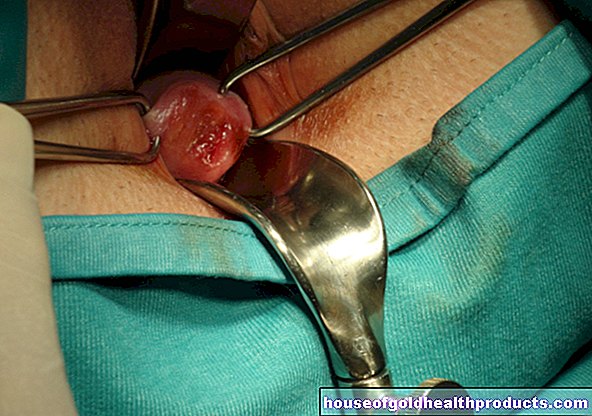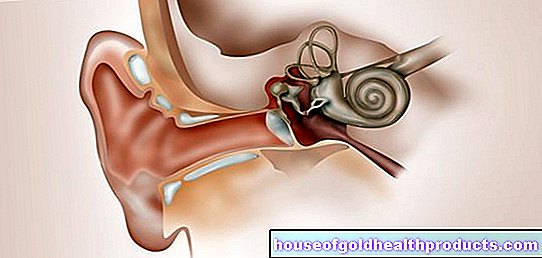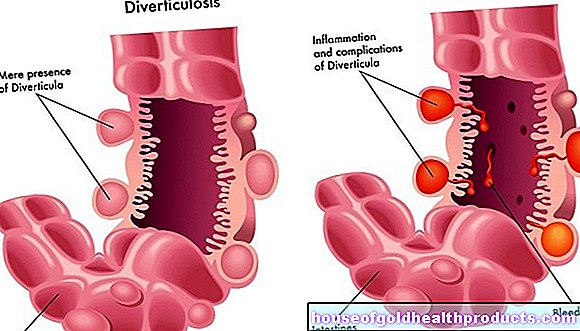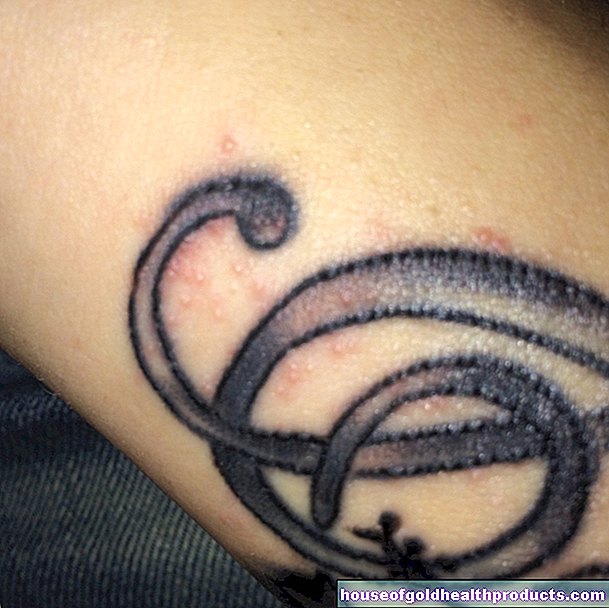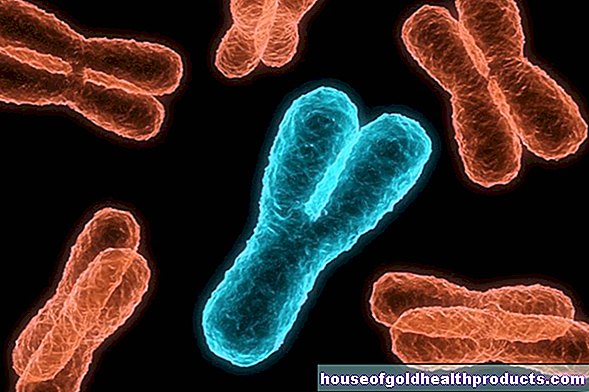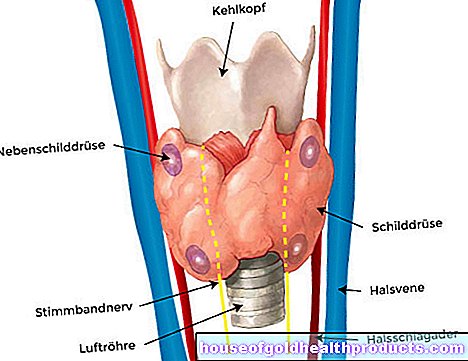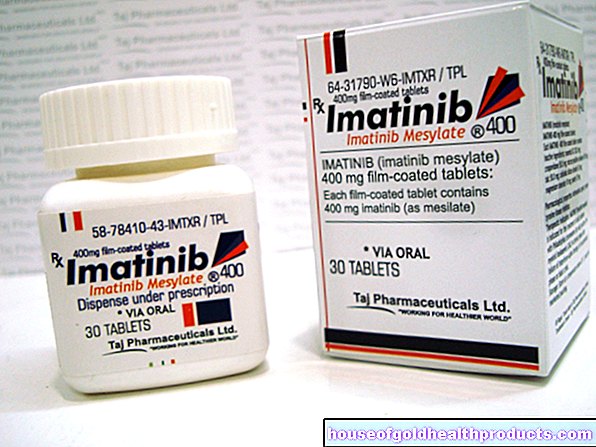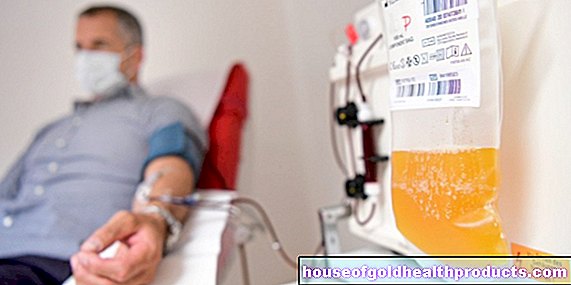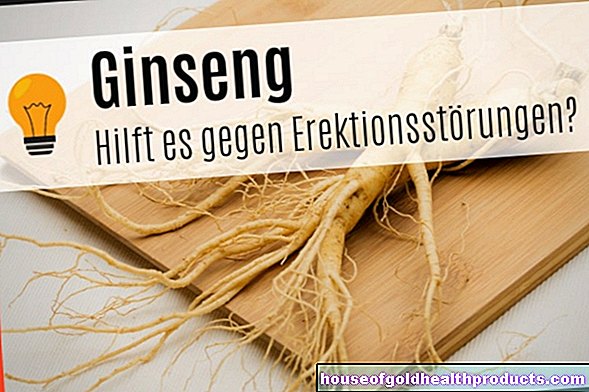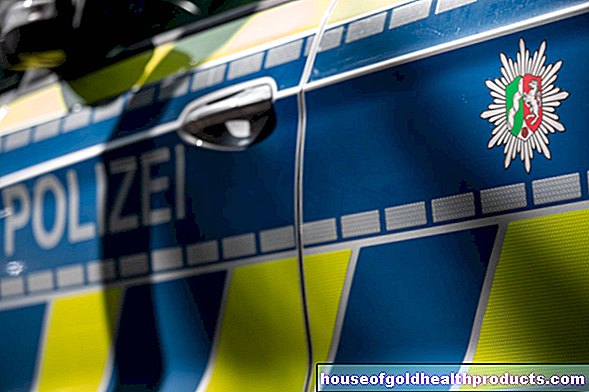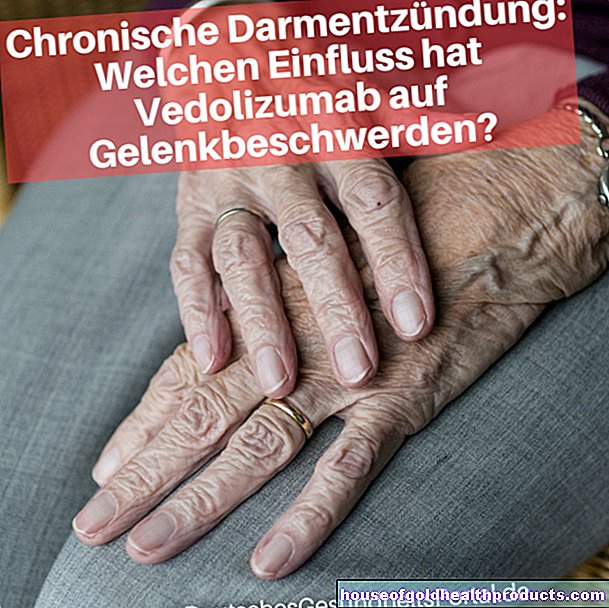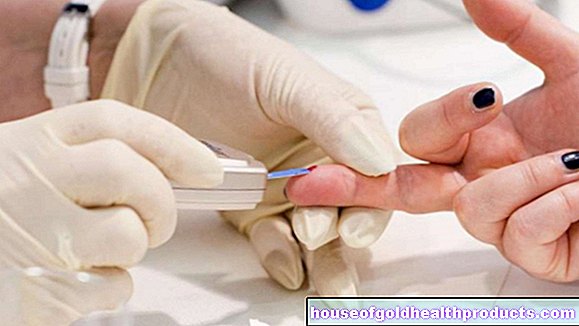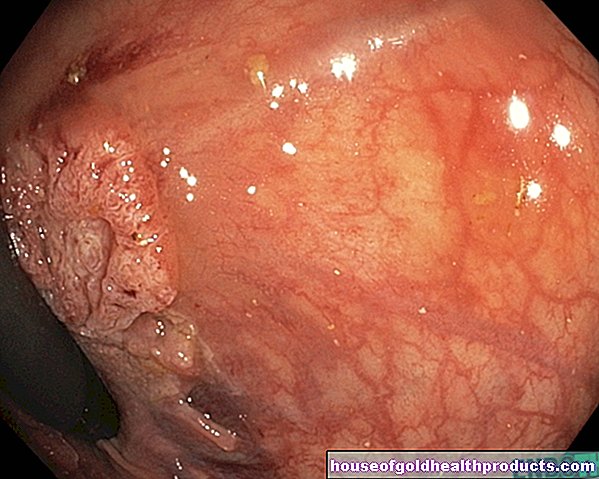PTT
and Eva Rudolf-Müller, doctorEva Rudolf-Müller is a freelance writer in the medical team. She studied human medicine and newspaper sciences and has repeatedly worked in both areas - as a doctor in the clinic, as a reviewer, and as a medical journalist for various specialist journals. She is currently working in online journalism, where a wide range of medicine is offered to everyone.
More about the experts All content is checked by medical journalists.The measurement of PTT (partial thromboplastin time) is a laboratory test used to check the function of a specific part of the blood coagulation system. The partial thromboplastin time is prolonged in the case of blood clotting disorders. Read more about when PTT is determined and in which diseases it can deviate from normal.
What is the PTT?
The measurement of the PTT is a laboratory test to check blood clotting. On the one hand, it is used to diagnose coagulation disorders and, on the other hand, to assess the course of taking certain medications.
Note: The aPTT (activated partial thromboplastin time) is a modified form of examination: Here, the coagulation is activated in the laboratory by adding phospholipids. This allows other factors involved in blood clotting to be tested.
When do you determine the PTT?
The blood value PTT is often determined in everyday clinical practice in patients who are treated with anticoagulant drugs such as heparin. Through the examination, the doctor can assess the effectiveness of the therapy.
The test is also carried out if a bleeding disorder is suspected. Such a suspicion arises, for example, with frequent nosebleeds, spontaneous bruising (hematomas) or prolonged bleeding after injuries.
Laboratory value PTT: which values are normal?
To determine the partial thromboplastin time, the doctor needs a blood sample. He mixes the blood plasma obtained in this way with citrate: this prevents the blood from clotting until the actual time of the examination. The blood clotting is then triggered in the laboratory and the time taken for clotting to occur is measured. The normal PTT value is 20 to 38 seconds; for the aPTT, a normal value of 27 to 35 seconds applies.
|
age |
PTT standard range |
|
up to 12 months |
29.0 - 47.0 sec |
|
1 to 5 years |
30.0 - 39.0 sec |
|
6 to 9 years |
28.0 - 42.0 sec |
|
10 to 17 years |
28.0 - 44.0 sec |
|
adult |
25.1 - 36.5 sec |
When is the PTT shortened?
If the PTT value is shortened, it means that the blood is clotting too quickly. The doctor calls this hypercoagulability. It can be found, for example, in the following diseases:
- Factor V Leiden
- Deficiency in protein S or protein C (congenital or acquired from liver or chronic bowel disease)
- Anithrombin deficiency
When is the PTT extended?
A prolonged PTT value or aPTT value occurs in various blood clotting disorders:
- Deficiency of certain coagulation factors (I, II, V, X, XI and XII)
- Haemophilia (lack of factor VIII or IX)
- Antiphospholipid antibody syndrome (so-called lupus anticoagulant)
- Von Willebrand-Juergens Syndrome
- Consumption coagulopathy (disseminated intravascular coagulation)
- Vitamin K deficiency
- Damage to liver tissue
In addition, various drugs inhibit blood clotting and thus cause a PTT extension. This applies, for example, to heparin and acetylsalicylic acid (ASA).
What to do if the PTT is changed
If the partial thromboplastin time is extended, the doctor must clarify the cause. If the patient has a previously unknown blood clotting disorder, this can become dangerous in the event of subsequent operations or injuries. If the doctor suspects a coagulation disorder based on various symptoms (frequent nosebleeds, hematomas, etc.), he will determine further laboratory values such as the activity of the coagulation factors or autoantibodies.
In patients receiving heparin therapy, it is quite normal and desired that the PTT is about two to three times longer than normal. So there is no need for action here. However, if the PTT value in heparinized patients is not in the desired range, the doctor can increase or decrease the dose of the anticoagulant heparin.
